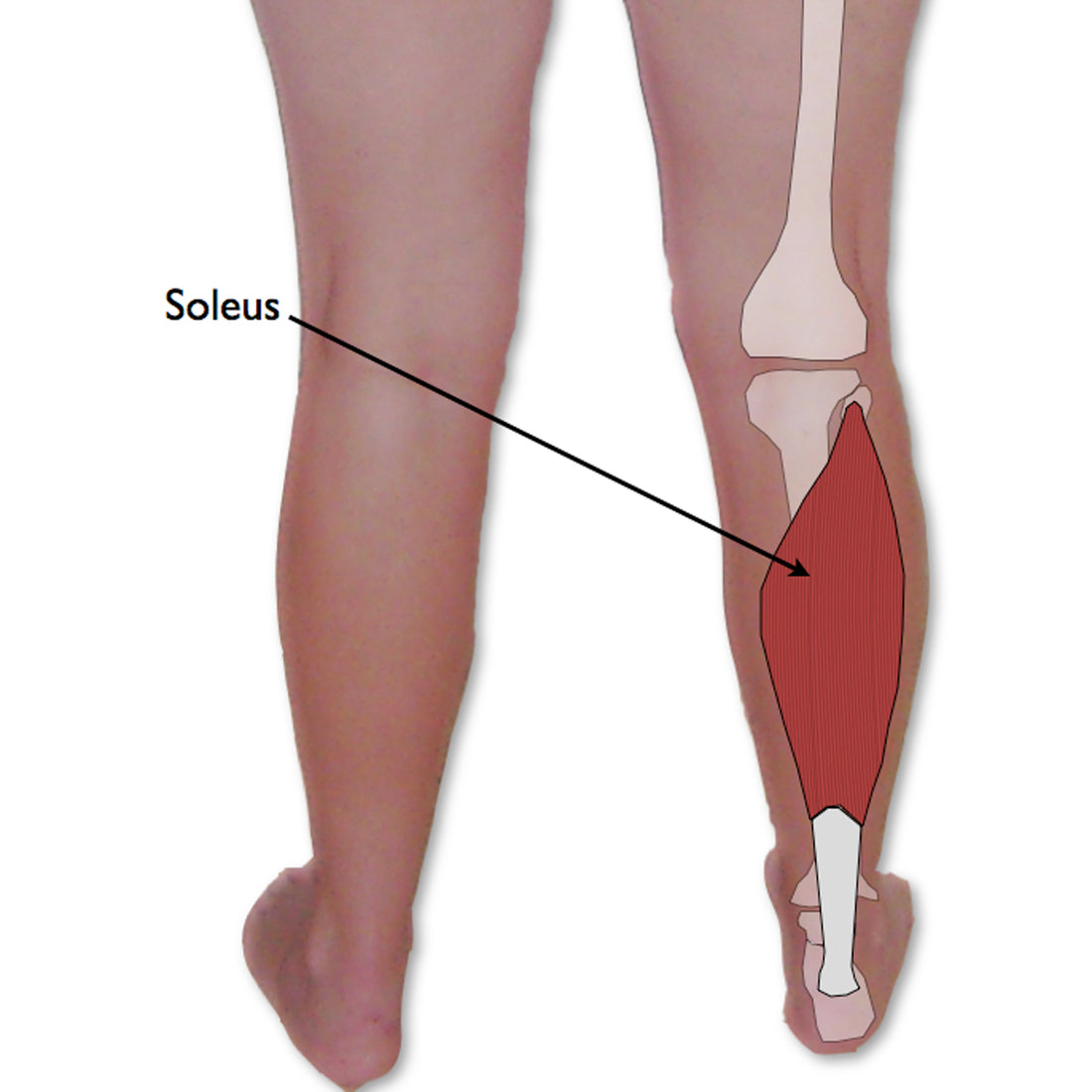
Are you tired of living with persistent sciatic nerve, hip, or low back pain? Do you find it challenging to go about your daily activities because of the discomfort? Look no further! Discover the incredible benefits of massaging and compressing Rollga Point #2 in the Soleus muscle – a simple and highly effective treatment that can change your life.
Understanding the Soleus Muscle: The Source of Your Pain
Before we delve into the wonders of Rollga Point #2, let's understand where the Soleus muscle is located and its impact on your body. The Soleus muscle is one of the key muscles in your calf, situated deep within the back part of your lower leg. Its primary function is to help you push off the ground while walking or running, making it an essential muscle for movement.
However, due to factors such as prolonged sitting, poor posture, or overuse, the Soleus muscle can become tense and tight. This tension can lead to pressure on the sciatic nerve, which runs from the lower back down through the buttocks and legs, causing sciatic nerve pain. Additionally, tightness in the Soleus muscle can contribute to discomfort in the hips and lower back.

The Rollga Advantage: Targeting Rollga Point #2 with Precision
Here's where Rollga comes to your rescue. Rollga foam rollers and other Rollga tools are designed with your comfort and relief in mind. What sets Rollga apart is its innovative design, featuring contoured ridges that enable targeted massage and compression of specific trigger points, like Rollga Point #2 in the Soleus muscle.
The magic lies in the ease with which Rollga tools allow you to access and treat this crucial point in the Soleus muscle. Whether you're on the floor, in bed, or on a sofa, you can effortlessly position the Rollga tool beneath your calf to target Rollga Point #2. No more struggling to get on the floor or limiting your relief options!
Release and Relief: How to Use Rollga Point #2 for Sciatica
Using Rollga Point #2 to alleviate sciatic nerve, hip, and low back pain is simple yet incredibly effective. Here's how you can do it:
-
Find a comfortable position: Lay down on the floor, your bed, or even on a sofa, and position the Rollga tool beneath your calf muscle.
-
Locate Rollga Point #2: Rollga Point #2 is typically found about 2-3 inches below the back of your knee. It might feel like a tender spot or knot in the muscle.
-
Apply pressure: Gently press down on Rollga Point #2 using the Rollga tool. You can adjust the pressure according to your comfort level.
-
Hold or rotate: You have two options here. You can either hold the pressure on the point for around 30 seconds to allow the muscle to release or do slight rotations over the tender spot to encourage further relief.
-
Breathe and relax: As you massage Rollga Point #2, take deep breaths to relax your body and allow the tension to melt away.
By regularly incorporating this simple routine into your daily life, you'll experience significant improvements in your sciatic nerve, hip, and low back pain. Say goodbye to discomfort and reclaim your freedom to move and live life to the fullest.
Unlock the Power of Rollga Point #2 Today!
Don't let pain hold you back any longer. Embrace the relief and liberation that Rollga Point #2 can offer. Take the first step towards a pain-free life by investing in Rollga foam rollers and other Rollga tools.
With Rollga, you hold the key to your well-being in your hands. Get your Rollga tools now and unlock the full potential of massaging and compressing Rollga Point #2 in the Soleus muscle. Experience the difference and take charge of your health today!

Disclaimer: This article is for informational purposes only and does not constitute medical advice. Always consult with a qualified healthcare professional before beginning any new exercise or treatment regimen for pain relief.
